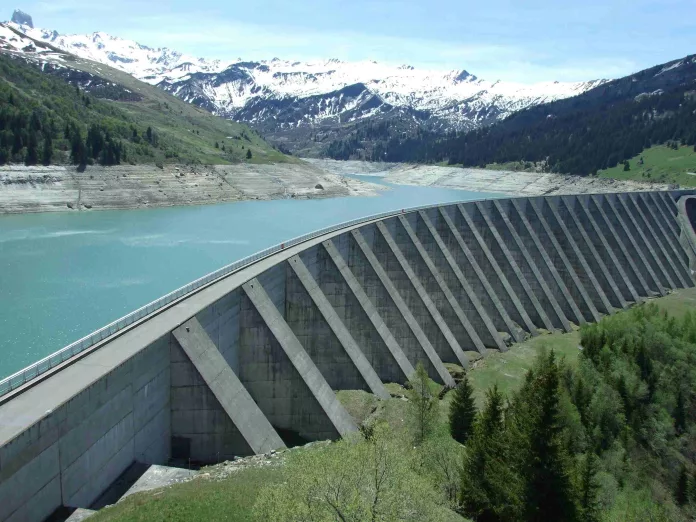The emerging technology of direct air capture, which aims to mitigate the impact of climate released from fossil fuels, is currently at a crossroads. While one school of thought argues it could just be a green light for the fossil fuel industry, there is a more positive outlook that considers its potential to address urgent environmental issues, including water scarcity.
Introducing Capture6 and Project Monarch
One name that stands out in this field is the American startup Capture6. Their innovative approach caught attention when they announced their collaboration with the Palmdale Water District (PWD) in California, dubbed Project Monarch. As part of their participation in PWD’s upcoming Pure Water Antelope Valley, Capture6’s direct air capture technology will be put to the test in a real-world water treatment setting.
The initiative itself isn’t minor. With an investment ranging from $75 million to $100 million, the full-scale facility targets operational readiness by 2027, with the goal of augmenting water supplies by treating recycled water to remove almost all contaminants.
What sets apart Capture6’s technology is its ability to capture carbon using salt from the treatment processes, which not only considerably reduces costs but also mitigates waste generated during water treatment.
Breaking Down Direct Air Capture Technologies
As detailed by the US Department of Energy, conventional direct air capture technologies can be expensive due to their intensive energy use. Most systems either rely on chemical solvents or take advantage of sorbents to chemically bind with CO2. Regardless of the method, significant energy for heat and vacuum processes is typically required, increasing costs.
Differentiating with the Capture6 System
Capture6’s system presents a cost-saving innovation by intertwining carbon capture with existing water treatment processes. Rather than traditional expensive operations, their method leverages electrochemical reactions to split salt and absorb CO2, transforming it into carbonates – stable compounds similar to those forming seashells and limestone.
This unique process not only conserves water by generating fresh water from waste but also produces valuable by-products such as lithium and hydrogen. Moreover, because it operates at ambient temperatures, it offers excellent compatibility with renewable energy sources. Capture6 touts this integration as a versatile, industry-friendly solution.
Scaling Up with Capture6’s Technology
Capture6 is no mere concept; it’s a synergy of proven technologies linked with a solid supply chain, making it primed for scaling. Elements like reverse osmosis and nanofiltration are already staples in related industries. Capture6 is amplifying the efficiency of these existing technologies, with a helping hand from the US Department of Energy to potentially reduce energy consumption by up to 15%.
Project Octopus: A Leap Forward in Integrated Carbon and Water Management
Even before its Californian venture takes off, Capture6 has launched a groundbreaking project in Korea, aptly named Project Octopus. This endeavor aims to create the world’s premier fully integrated water management and CO₂ removal facility using seawater desalination.
Designed to alleviate water scarcity in South Korea’s petrochemical hub without straining freshwater resources, Project Octopus highlights the symbiotic relationship between water conservation and carbon capture. Though involved with the petrochemical industry, the project promotes a more sustainable supply chain for the chemicals, promising a greener footprint.
As Capture6’s direct air capture system proves its worth, its model is likely to proliferate, especially given K-water’s influential role in the Asia Water Council, potentially seeding similar projects across the region.
Even in industries with historically high carbon footprints, technologies like Capture6’s offer a path to greater sustainability and resource efficiency. With projects like Monarch and Octopus underway, the nexus of energy, water, and air quality is heading towards a more harmonious future.

























